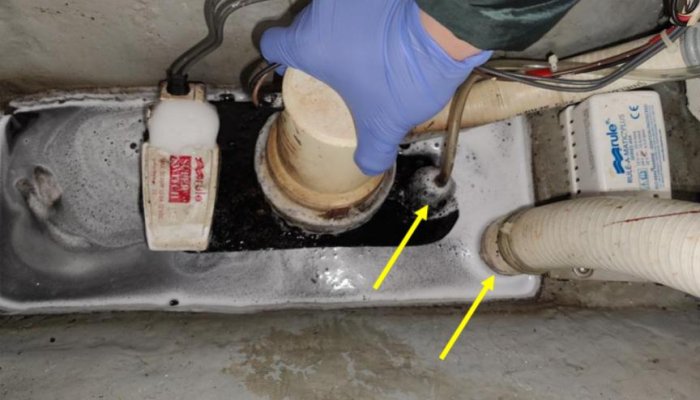- Joined
- Mar 17, 2012
- Messages
- 4,405
- Location
- Australia
- Vessel Name
- Insequent
- Vessel Make
- Ocean Alexander 50 Mk I
Rule make, or used to make, an "Automatic" bilge pump. They cycle on frequently and if sufficient resistance is encountered (ie a bunch of water to pump out) they would run. Otherwise they would turn off. In other words, the damn things short cycled continuously. They did not need a float switch, probably touted as an advantage. Their latest automatic models use an internal sensor rather than sensing for pumping resistance by starting up.
I had one, removed it from service in 2012 although still have it at home I think as an emergency spare. It drove me nuts at night when all else is very quiet. Maybe check you don't have one of those old style automatic ones? Someone may have installed it not realising it was "automatic" and fitted a float switch as well.....
It might be something like this:
https://escapingoutdoors.com.au/automatic-bilge-pump-24v-69-l-min-detail
I had one, removed it from service in 2012 although still have it at home I think as an emergency spare. It drove me nuts at night when all else is very quiet. Maybe check you don't have one of those old style automatic ones? Someone may have installed it not realising it was "automatic" and fitted a float switch as well.....
It might be something like this:
https://escapingoutdoors.com.au/automatic-bilge-pump-24v-69-l-min-detail
Last edited:





